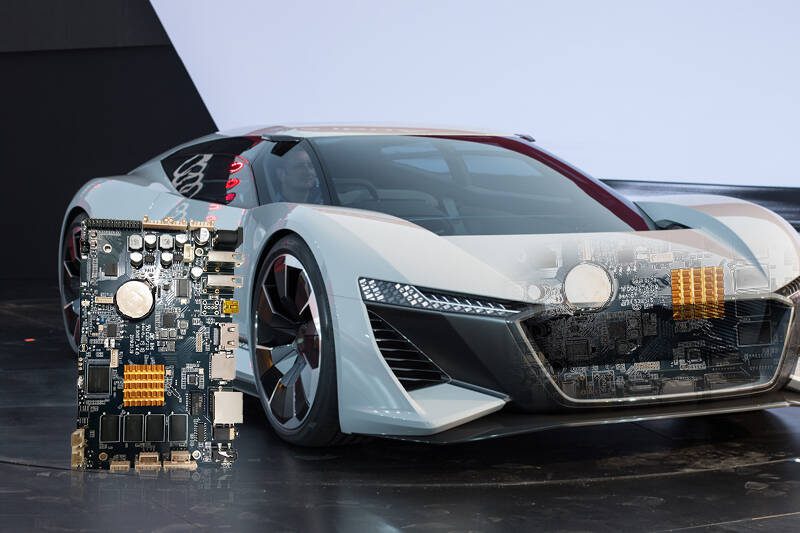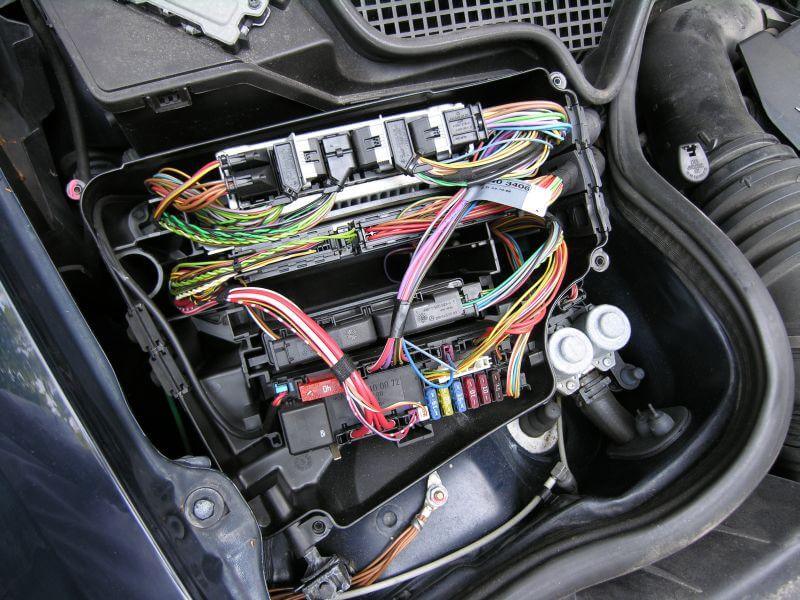
What are the applications of PCB in the automotive electronics industry?
PCBs play a critical role in the automotive electronics industry, enabling the integration of advanced electronic systems that enhance vehicle performance, safety, and user experience. Below is a detailed overview of their applications:
Engine Control Units (ECUs)
- Functionality: PCBs are integral to ECUs, which manage various engine functions such as fuel injection, ignition timing, and emission control. These systems rely on complex electronic circuits to monitor and control engine parameters in real-time.
- Requirements: The PCBs used in ECUs must withstand high temperatures, vibrations, and electromagnetic interference. They are typically designed with robust materials like high-temperature laminates and may include thick copper layers to handle high currents.
Advanced Driver Assistance Systems (ADAS)
- Functionality: ADAS includes features like lane departure warning, adaptive cruise control, and collision avoidance systems. PCBs are essential in processing data from various sensors (radar, LIDAR, cameras) and executing complex algorithms to assist drivers.
- Requirements: High-speed PCBs with controlled impedance and minimal signal loss are crucial for processing sensor data quickly and accurately. These boards may also include multilayer designs to accommodate the dense circuitry required for real-time data processing.
Infotainment Systems
- Functionality: Modern vehicles feature sophisticated infotainment systems that integrate audio, video, navigation, and connectivity functions. PCBs are used to manage these multimedia systems, ensuring seamless interaction and user experience.
- Requirements: These PCBs often need to support high-definition video and audio signals, requiring advanced materials that reduce signal loss. They also need to provide good electromagnetic compatibility (EMC) to avoid interference with other vehicle electronics.
Battery Management Systems (BMS)
- Functionality: In electric and hybrid vehicles, the BMS monitors and manages the state of the battery, including charge level, temperature, and overall health. PCBs are crucial in ensuring the reliable operation of the BMS, which is vital for the safety and longevity of the battery.
- Requirements: The PCBs in BMS need to handle high voltages and currents while providing accurate monitoring and control. They are designed with high reliability and durability, often incorporating thermal management features to dissipate heat generated during operation.
Lighting Systems
- Functionality: Modern vehicles use advanced LED lighting for headlights, taillights, and interior illumination. PCBs are used to control the LED arrays, enabling features like adaptive lighting and energy-efficient operation.
- Requirements: The PCBs must efficiently manage the power supplied to the LEDs, ensuring consistent brightness and longevity. They often incorporate metal-core designs to handle the heat generated by the LEDs.
Telematics
- Functionality: Telematics systems provide real-time vehicle data to drivers and remote servers, enabling features like GPS tracking, emergency assistance, and vehicle diagnostics. PCBs are used to manage the communication between the vehicle and external networks.
- Requirements: These PCBs must support wireless communication protocols (e.g., GSM, GPS, Wi-Fi) and require high signal integrity and reliability. They often include RF/microwave design elements to handle the high-frequency signals involved in telematics.
Transmission Control Systems
- Functionality: PCBs are used in transmission control systems to manage gear shifting and transmission performance, optimizing fuel efficiency and driving comfort.
- Requirements: The PCBs need to operate reliably under harsh conditions, including exposure to oil, extreme temperatures, and mechanical stress. They are often encapsulated to protect against environmental factors.
Safety Systems
- Functionality: PCBs are integral to various safety systems, including airbags, anti-lock braking systems (ABS), and electronic stability control (ESC). These systems require precise and fast electronic responses to ensure vehicle safety.
- Requirements: The PCBs used in safety systems must have high reliability and fail-safe designs, often incorporating redundant circuits to ensure continuous operation in the event of a failure.
Climate Control Systems
- Functionality: PCBs control the heating, ventilation, and air conditioning (HVAC) systems in vehicles, ensuring passenger comfort by regulating temperature and airflow.
- Requirements: These PCBs need to handle various sensors and actuators, providing accurate and responsive control. They must also be designed to operate reliably in a wide range of temperatures and environmental conditions.
Power Distribution Systems
- Functionality: Modern vehicles require complex power distribution systems to manage the electrical power supplied to various subsystems. PCBs are used to manage this distribution, ensuring that each component receives the appropriate power level.
- Requirements: Power distribution PCBs need to handle high currents and voltages, requiring robust design and materials. They may also include features like overcurrent protection and thermal management to prevent overheating.
The applications of PCBs in the automotive electronics industry are vast and diverse, covering everything from engine control and safety systems to infotainment and telematics. These PCBs are designed to meet stringent requirements for durability, reliability, and performance, ensuring that vehicles operate safely and efficiently under all conditions.








